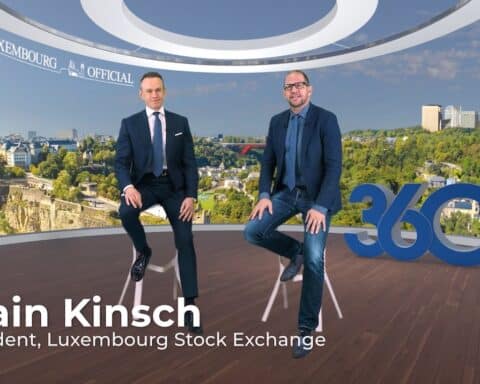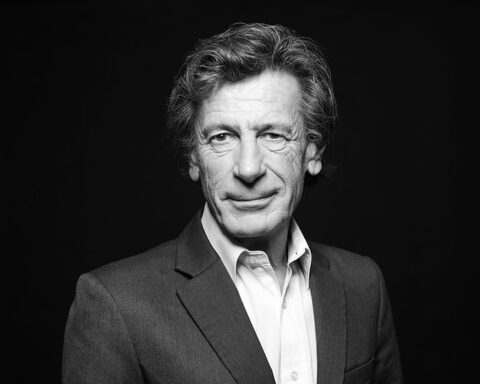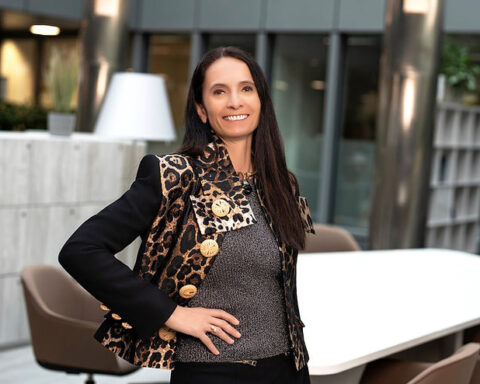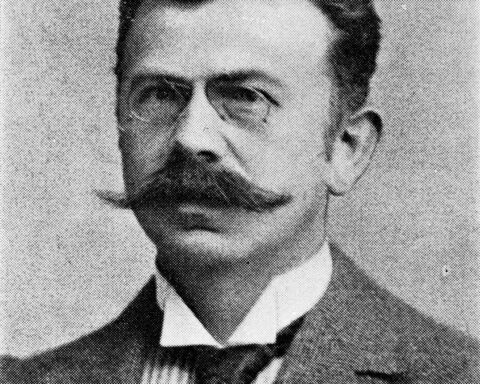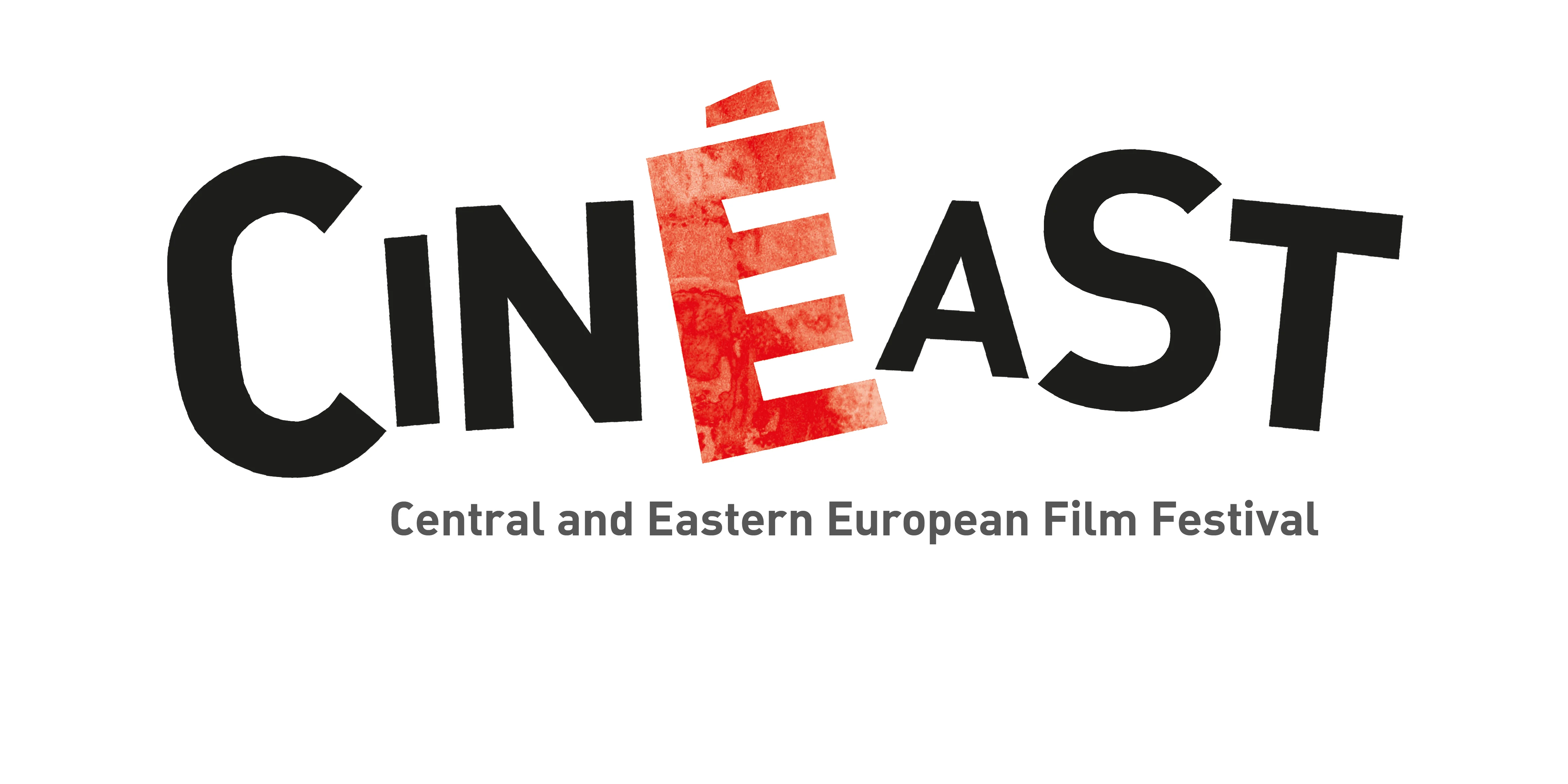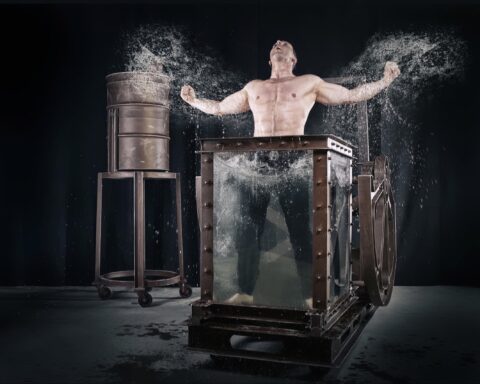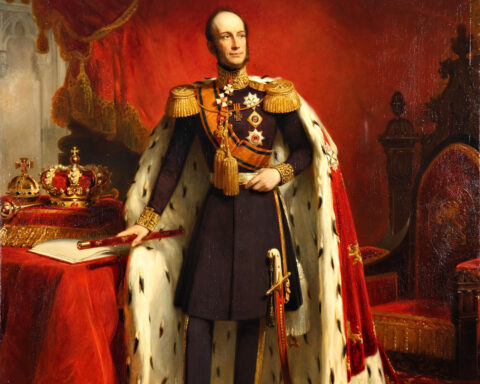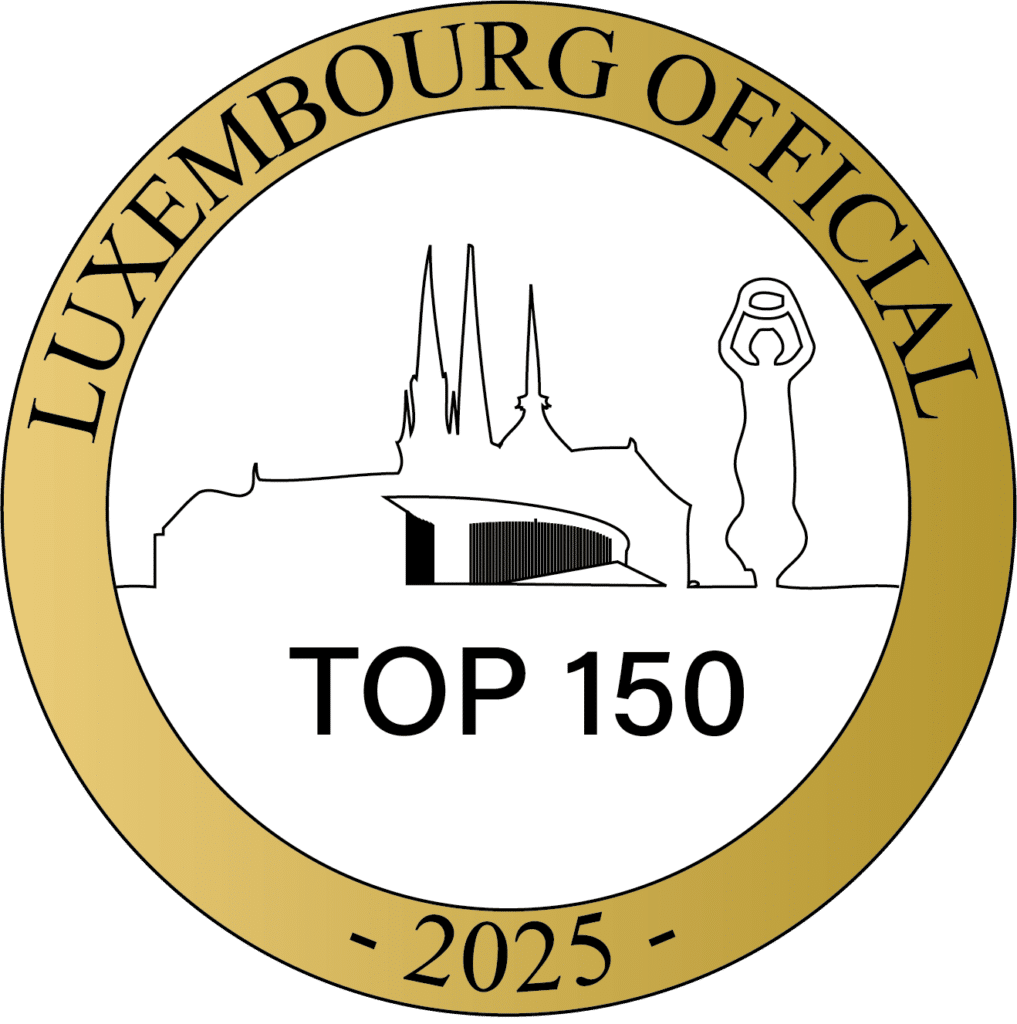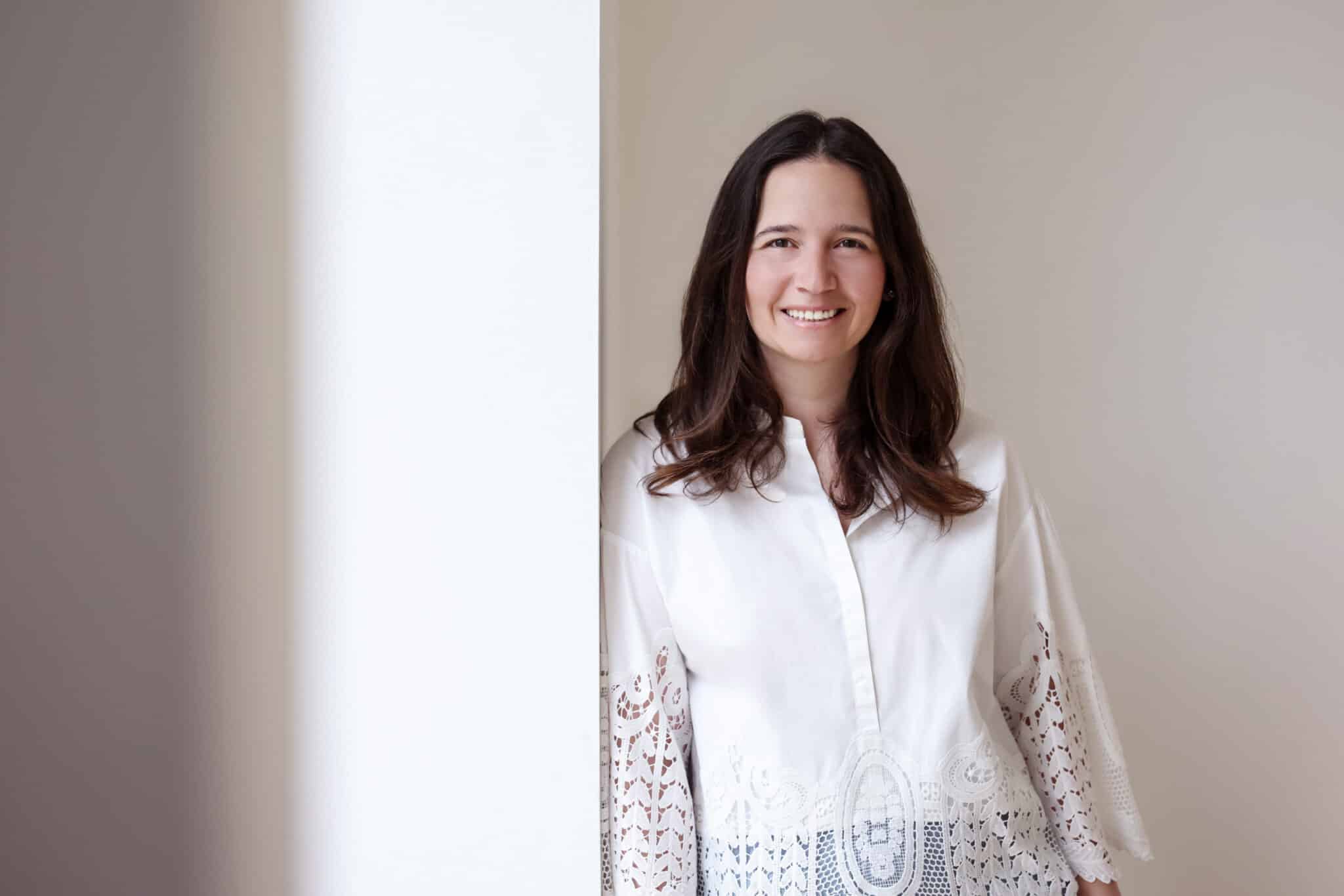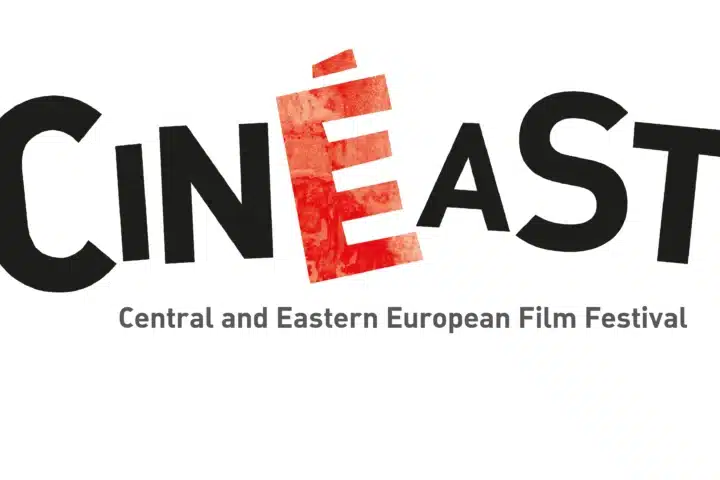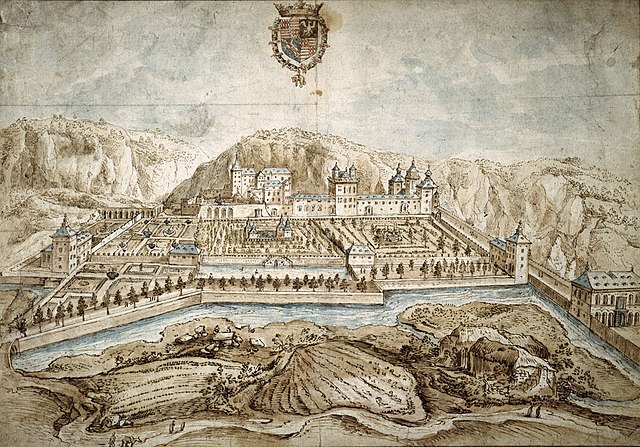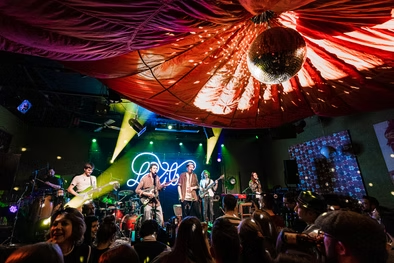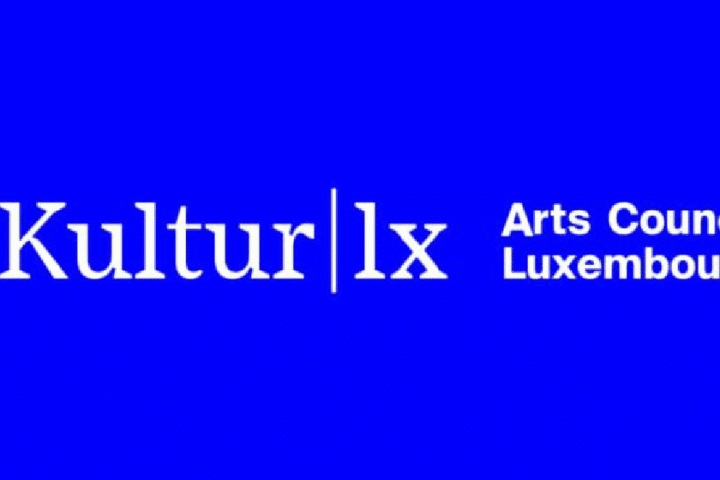Mélanie de Jamblinne, director of Luxembourg Art Week, outlines the ambitions, challenges and broader cultural impact of the country’s leading contemporary art fair.
What defines the 2025 edition of Luxembourg Art Week?
Luxembourg Art Week returns from 21 to 23 November 2025, with seventy-seven exhibitors from fifteen countries across four continents, confirming its steady international rise.The fair remains anchored in two main sections: the Main Section for established galleries and Take Off, a platform for emerging players. In addition, 2025 features Focus Montréal, a recurring highlight on a different international scene, following Vienna in 2023 and Brussels in 2021. This edition also includes five institutional booth projects that enrich the fair’s program.. Our ambition extends beyond the fairground. Through the Sculpture Trail, the Capsules initiative in vacant shopfronts, and an engaging programme of talks, the city itself becomes a stage. These urban activations create friction, conversation, and surprise. Luxembourg Art Week combines high standards with accessibility. It retains its roots as a regional event but speaks an increasingly global language. This dual identity—local and international—shapes every edition and drives our programming choices. What began as a regional initiative now plays a meaningful role in the European contemporary art ecosystem.
What challenges does the fair face in 2025, and how are they being met?
Every year brings the responsibility to renew, refine, and reconnect. One of our priorities is to deepen the fair’s artistic quality by consolidating the loyalty of returning exhibitors and opening space for new galleries from diverse geographies. The second challenge is to rethink the visitor experience. People expect layered encounters with art. In 2025, we will introduce a collaboration with Artflo, a mobile application that personalises the visitor journey with an interactive map of the fair, recommendations, and direct gallery contacts. At the same time, we strengthen our digital footprint through Art Talk Rewind, a podcast that curates standout conversations from past editions, accessible via YouTube, Spotify and Culture.lu. The aim is to extend the life of the fair beyond its three days. Finally, we work to synchronise the on-site fair with off-site activities, building bridges with cultural institutions and turning Luxembourg into a citywide stage for contemporary art. The fair becomes a temporary architecture, but the encounters and the conversations it generates must endure.
“The fair becomes a temporary architecture, but the encounters and conversations it generates must endure.”
How does contemporary art shape Luxembourg’s cultural and economic landscape?
Art in Luxembourg does not exist in isolation—it powers a wider economy and reinforces national identity. The ecosystem includes galleries, artists, curators, transporters, insurers, designers and cultural institutions. This network creates jobs, attracts investment and amplifies visibility. Art also fuels tourism. In 2024, the country saw a 21.3 percent rise in overnight stays, the highest increase in the EU. Between January and May 2025, hotel nights grew by a further three percent. Cultural visitors don’t just consume art—they invest in experiences, stories, and place. Luxembourg records exceptional visitor satisfaction: ninety-six percent would recommend the country, eighty-nine percent intend to return, and ninety-one percent say their stay exceeded expectations. With over sixty museums and cultural venues, the country offers a dense artistic infrastructure. Luxembourg Art Week strengthens that offering. It attracts collectors, institutions and artists from across Europe and beyond, while giving local creators a wider platform. By connecting different actors, the fair reinforces Luxembourg’s profile as a serious cultural hub. Contemporary art doesn’t only reflect society—it shapes it. And in this case, it elevates both perception and participation in Luxembourg’s evolving cultural narrative.

